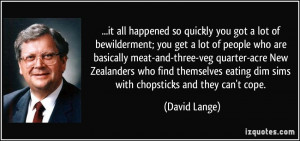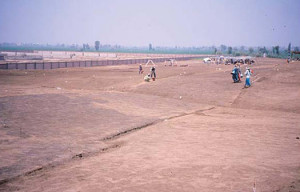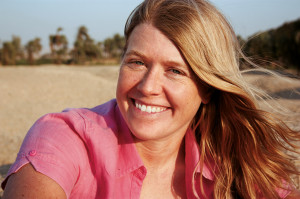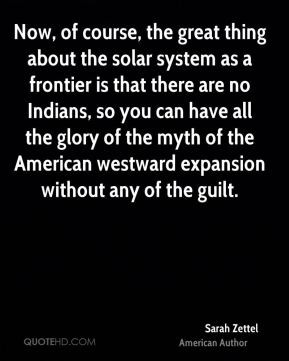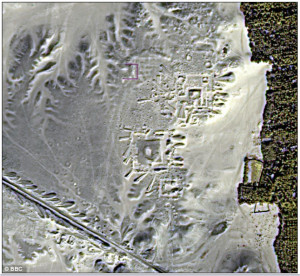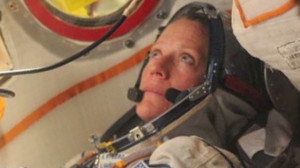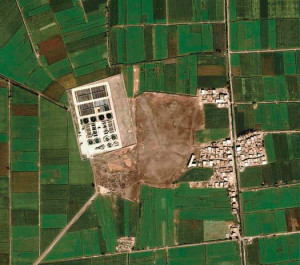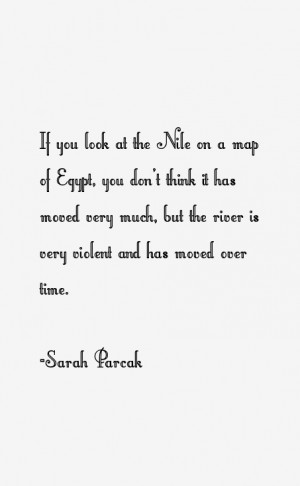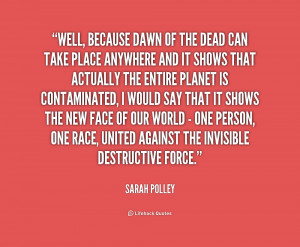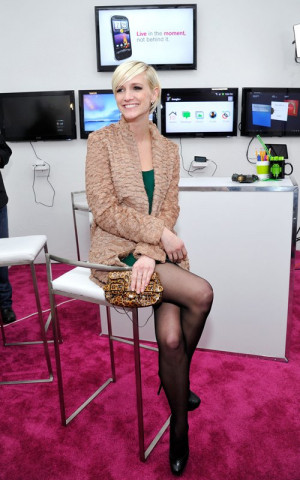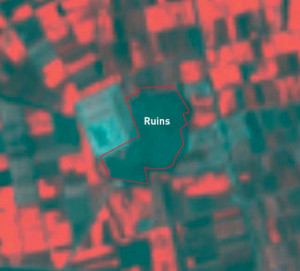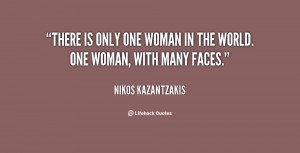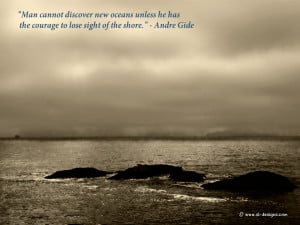Sarah Parcak — American Scientist
Sarah Helen Parcak, associate professor of Anthropology and director of the Laboratory for Global Observation at the University of Alabama at Birmingham, is an American archaeologist, space archaeologist, and Egyptologist, who has used satellite imaging to identify potential archaeological sites in Egypt, Rome, and elsewhere in the former Roman Empire. In partnership with her husband, Dr. Greg Mumford, she directs survey and excavation projects in the Fayoum, Sinai, and Egypt's East Delta... (wikipedia)
The only technology that can 'see' beneath the ground is radar imagery. But satellite imagery also allows scientists to map short- and long-term changes to the Earth's surface. Buried archaeological remains affect the overlying vegetation, soils and even water in different ways, depending on the landscapes you're examining.
Itjtawy was ancient Egypt's capital for over four hundred years, at a period of time called the Middle Kingdom about four thousand years ago. The site is located in the Faiyum of Egypt, and the site is really important because in the Middle Kingdom there was this great renaissance for ancient Egyptian art, architecture and religion.

